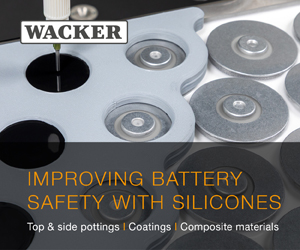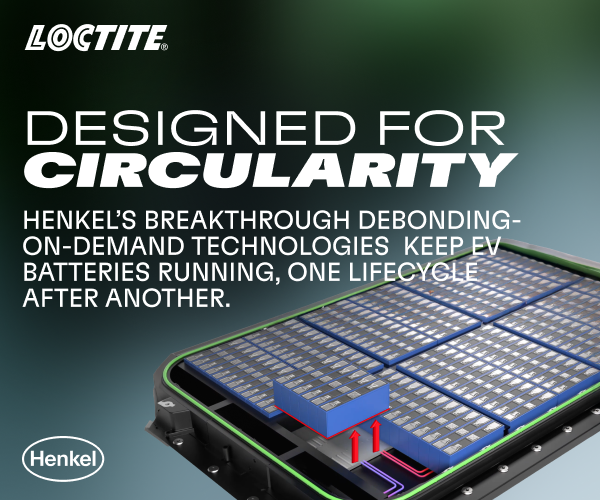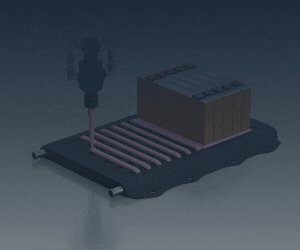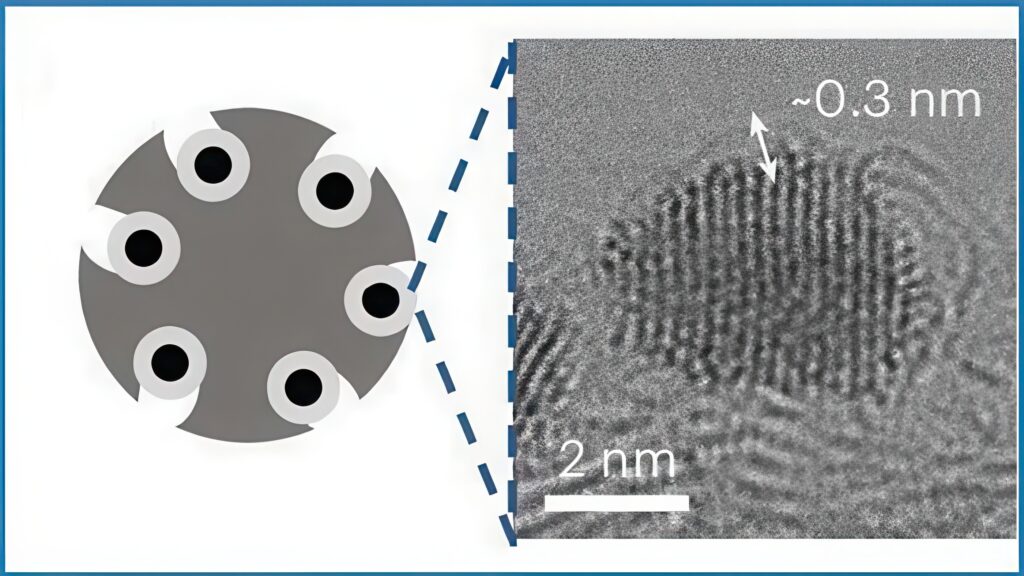Fuel cells boost to 200,000 hours
Researchers in the US have developed a fuel cell with a lifetime of 200,000 hours that is suitable for heavy-duty hydrogen electric trucks, writes Nick Flaherty.
A team at the UCLA Samueli School of Engineering in California has developed a durable catalyst architecture that shields a platinum catalyst from the degradation that currently limits a fuel cell to around 30,000 hours of operation.
The researchers began by embedding ultrafine platinum nanoparticles within protective graphene pockets. Composed of a single layer of carbon atoms arranged in a 2D honeycomb lattice, graphene is the thinnest known material. Despite its atomic thinness, it is incredibly strong, lightweight and highly conductive. These graphene-encased nanoparticles were then nested inside the porous structure of Ketjenblack, which is a powdery carbon material. This ‘particles-within-particles’ design provides long-term stability while preserving catalytic activity.
“Heavy-duty fuel cell systems must withstand harsh operating conditions over long periods, making durability a key challenge,” said Prof. Yu Huang, who led the team. “Our pure platinum catalyst, enhanced with a graphene-based protection strategy, overcomes the shortcomings of conventional platinum alloys by preventing the leaching of alloying elements. This ensures that the catalyst remains active and robust, even under the demanding conditions typical of long-haul applications.”
The resulting fuel cell has a projected power output of 1.08 W/cm2, delivering the same performance as conventional batteries that weigh up to eight times more. This also means that the hydrogen refuelling infrastructure would likely require less investment.
The cell showed a power loss of less than 1.1% after an accelerated stress test with 90,000 square-wave voltage cycles designed to mimic years of real-world driving, where a 10% loss is usually considered excellent.
These results suggest fuel cell lifetimes exceeding 200,000 hours – significantly higher than the US Department of Energy target of 30,000 hours for heavy-duty proton-exchange membrane fuel cell systems.
UCLA’s Technology Development Group has filed a patent on the technology.
Click here to read the latest issue of E-Mobility Engineering.
ONLINE PARTNERS






















